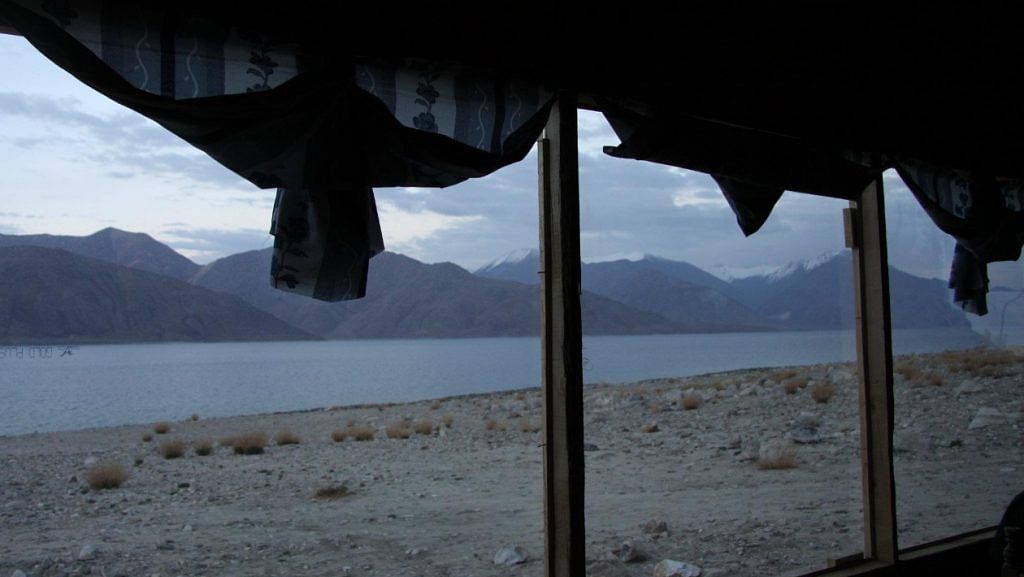New Delhi: China has dismantled its jetty at Finger 5 on the northern banks of the Pangong Tso, as well as a helipad, besides being in the process of taking down tents and observation posts in the area as part of the disengagement agreement reached with India, ThePrint has learnt.
The dismantling of all structures created after April 2020 — when Chinese aggression in Ladakh triggered a stand-off at the border — was one of the conditions of the disengagement process, which was initiated last week in the southern and northern banks of the Pangong Tso.
India has been closely monitoring the disengagement process at the northern bank while conducting simultaneous withdrawal at the southern bank.
The whole process, sources said, will take “a few more days” if all goes as planned.
“Among the major structures created by China in the Finger Area were the jetty (a structure built out into a waterbody to help people get on and off a vessel), a helipad and a makeshift hospital. According to the last information that came in, the jetty, helipad along with various structures at Finger4 area have been dismantled,” a source said.
“The Chinese are to dismantle all new structures that were created since April 2020 in that area.”
Also Read: How India stood its ground and forced China to end Pangong Tso aggression
Satellite images show dismantling of China structures
The developments are backed by satellite images. Sim Tack, a military analyst at Belgium-based security analysis firm Force Analysis, said the Chinese have begun dismantling structures.
Speaking to ThePrint, he said he is yet to have a total count of structures removed. “I don’t have a total count of individual structures right now but the jetty was the main permanent structure in the withdrawal area north of the lake. Then, there were lots of tentage and temporary shelters that appear to have been removed from their positions between the mountain ranges,” he said.
Tack works closely with a satellite imagery expert who tweets through his handle @detresfa_.
According to the disengagement agreement reached between India and China, the troops around the lake are going back to pre-April 2020 locations.
Indian soldiers will move back to their last permanent base in the Finger area, the Dhan Singh Thapa post of the Indo-Tibetan Border Police (ITBP), near Finger 3.
Similarly, Chinese troops will go back to their permanent post, which is beyond Finger 8 and is known as Sirijap, a location that was captured by the People’s Liberation Army (PLA) in the 1962 War.
Sources said the disengagement process is likely to be completed by 20 February.
The verification process through Unmanned Aerial Vehicles and satellites is on, they added, saying a full-fledged review will be taken before the next round of Corps Commander level talks.
It is known that the Chinese have pulled back their armoured and mechanised columns and men from the southern banks to the Rutog military base, where the PLA had developed a lot of infrastructure during the stand-off.
Also Read: Those criticising troop pull-back at Pangong Tso are ignorant of facts — Army ex-chief Malik
